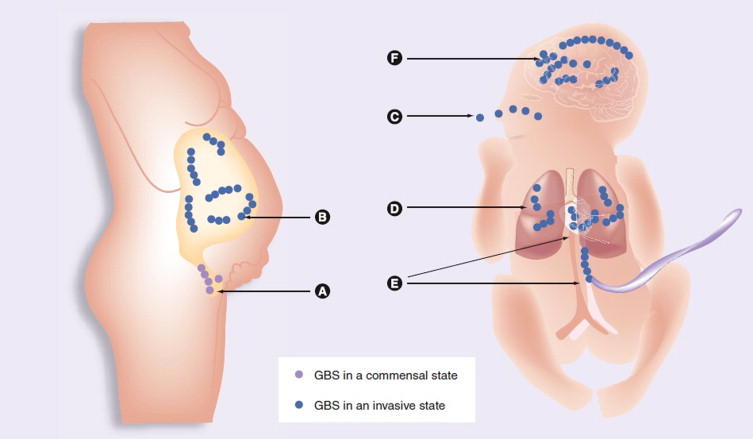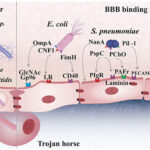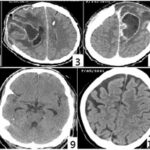Group B Streptococcus (GBS), scientifically known as Streptococcus agalactiae, is a Gram-positive bacterium that is a leading cause of septicemia, particularly in neonates and immunocompromised adults. The pathogen’s ability to invade the bloodstream and cause systemic infection necessitates prompt and effective antimicrobial therapy. The emergence of antibiotic resistance and the limitations of monotherapy have underscored the importance of synergistic antibiotic combinations in managing GBS septicemia.

Mechanisms of Pathogenesis in GBS Septicemia
GBS colonizes the gastrointestinal and genitourinary tracts in a significant portion of the population. Transmission can occur vertically from mother to neonate during childbirth or horizontally in healthcare settings. Once in the bloodstream, GBS can evade the host immune system through its polysaccharide capsule and other virulence factors, leading to systemic infection. The bacterium’s ability to adhere to and invade epithelial cells facilitates its dissemination and contributes to the severity of septicemia.
Limitations of Monotherapy in GBS Septicemia
Monotherapy with beta-lactam antibiotics, such as penicillin or ampicillin, has been the standard treatment for GBS infections. However, certain limitations have been identified:
- Incomplete Bactericidal Activity: Beta-lactams may not achieve rapid bactericidal effects, especially in high bacterial load situations.
- Resistance Concerns: Although rare, there have been reports of reduced susceptibility to beta-lactams in GBS strains.
- Pharmacokinetic Challenges: Achieving optimal drug concentrations in certain tissues or compartments can be difficult with monotherapy.
These challenges have prompted the exploration of combination therapies to enhance treatment efficacy.
Synergistic Antibiotic Combinations for GBS Septicemia
1. Ampicillin and Gentamicin
Mechanism of Synergy:
- Ampicillin: Inhibits bacterial cell wall synthesis, leading to cell lysis.
- Gentamicin: Binds to the 30S ribosomal subunit, inhibiting protein synthesis.
The combination exploits the cell wall-disrupting action of ampicillin to facilitate gentamicin’s entry into the bacterial cell, enhancing its bactericidal activity.
Clinical Evidence:
- Studies have demonstrated that the addition of low concentrations of gentamicin to penicillin or ampicillin significantly accelerates the killing of GBS strains .
- This synergistic effect has been observed even at gentamicin concentrations attainable in the cerebrospinal fluid following systemic administration .
Clinical Application:
- The combination is particularly beneficial in severe infections, such as neonatal septicemia and meningitis.
- Gentamicin is typically administered for the initial 48–72 hours, followed by beta-lactam monotherapy once clinical improvement is observed .
2. Penicillin and Gentamicin
Similar to the ampicillin-gentamicin combination, penicillin and gentamicin have demonstrated synergistic effects against GBS. The mechanism involves penicillin-induced cell wall disruption facilitating gentamicin’s intracellular access.
Clinical Considerations:
- This combination is considered in life-threatening GBS infections, especially when rapid bactericidal activity is desired .
- Monitoring for nephrotoxicity and ototoxicity is essential due to gentamicin’s potential adverse effects.
Clinical Recommendations Based on Patient Populations
Neonates
- Empiric Therapy: Ampicillin combined with gentamicin is recommended for suspected GBS septicemia.
- Duration: Gentamicin is usually administered for the first 48–72 hours, with continuation based on clinical response and culture results.
Adults
- Standard Therapy: Penicillin or ampicillin remains the first-line treatment.
- Severe Infections: In cases of life-threatening infections, the addition of gentamicin may be considered to achieve synergistic bactericidal effects.
Monitoring and Safety Considerations
- Gentamicin Toxicity: Regular monitoring of renal function and auditory function is essential due to the risk of nephrotoxicity and ototoxicity.
- Therapeutic Drug Monitoring: Ensuring appropriate serum concentrations of gentamicin can optimize efficacy and minimize toxicity.
- Allergy Considerations: For patients with beta-lactam allergies, alternative regimens should be guided by susceptibility testing.
The synergistic combination of beta-lactam antibiotics with aminoglycosides, particularly ampicillin or penicillin with gentamicin, enhances the bactericidal activity against Group B Streptococcus. This approach is especially valuable in severe cases of septicemia, where rapid bacterial clearance is critical. Clinicians should consider patient-specific factors, including age, renal function, and allergy history, when selecting and monitoring antibiotic therapy.

